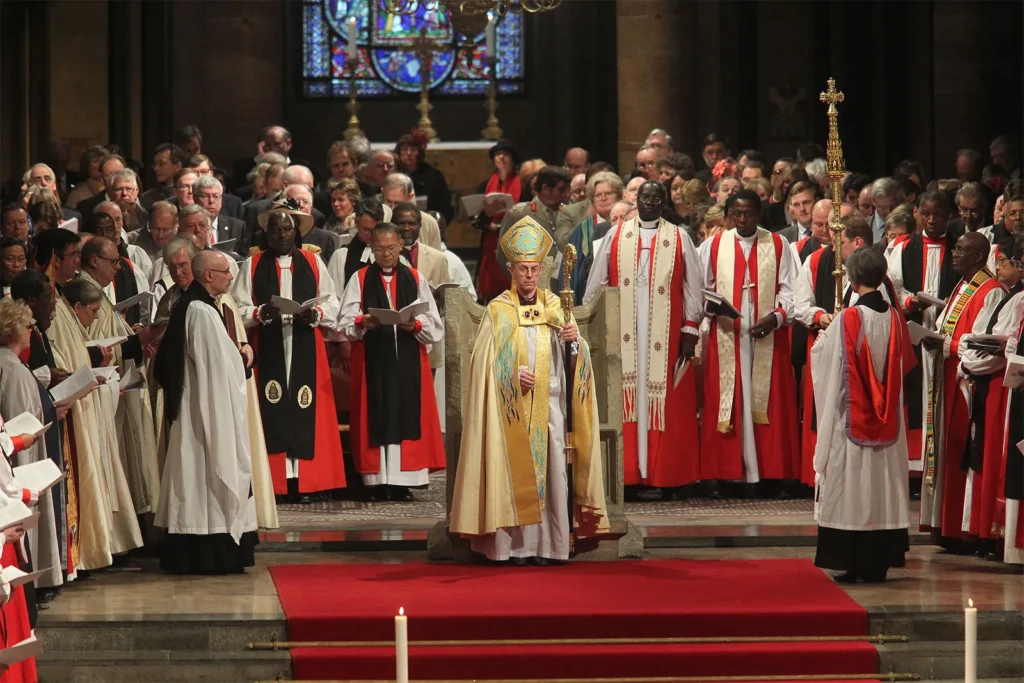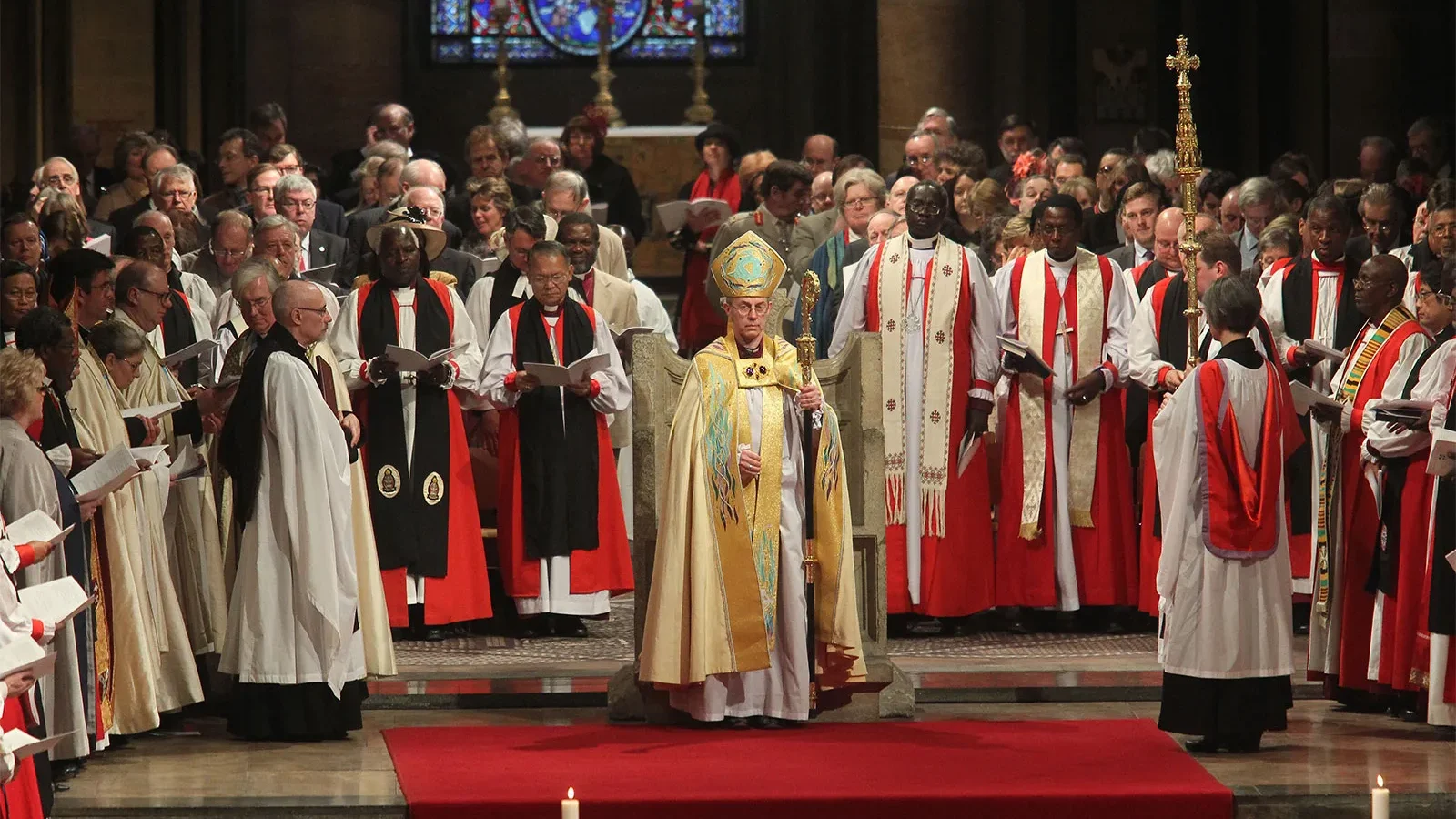The Church of England was created in 1534 by King Henry VIII, in the midst of the Protestant Reformation, but with a primary motivation being to be able to annul his marriage to his first wife Catherine of Aragon.
Henry VIII was the King of England from 22 April 1509 until his death in 1547.

Origin, History, Beliefs, and Facts About Church Of England
The earliest origin of the Church of England dates back to the Roman Catholic Church’s influence in Europe during the 2nd century.
However, the church’s official formation and identity are typically thought to have started during the Reformation in England of the 16th century, and King Henry VIII is considered the founder of the Church of England.
In the 16th century, King Henry VIII broke away from the authority of the Pope and established the Church of England as the official state church. This was part of the wider Protestant Reformation movement, which saw the Church of England separate from the Roman Catholic Church. Under Henry VIII and subsequent monarchs, the Church of England developed its distinct theology, liturgy, and governance, with the monarch as the Supreme Governor of the Church.
After Henry’s death, Protestant reforms made their way into the church during the reign of Edward VI. But, when Edward’s half-sister, Mary, succeeded the throne in 1553, she persecuted Protestants and embraced traditional Roman Catholic ideals.
History of Christianity In The United States
After Elizabeth I became Queen in 1558, the Church of England was revived. During her reign as Queen, the Church of England was further consolidated through the Elizabethan Settlement, which sought to strike a balance between Protestant and Catholic elements. The Book of Common Prayer, first published in 1549, and the Thirty-Nine Articles of Religion became the central liturgical text of the Church of England, standardizing worship across the country.
The Church of England in the Modern Era:
In the 17th century, the Church of England faced internal divisions and conflicts, leading to the English Civil War and the establishment of the Commonwealth under Oliver Cromwell. After the Restoration of the monarchy in 1660, the Church of England regained its status as the official state church.
In the 20th and 21st centuries, the Church of England has undergone modernization and has had to navigate various social, theological, and political changes, while still maintaining its identity as the established church of England.
In 1992, the Church of England voted to ordain women as priests. This decision sparked debate within the clerical community but also opened the door for further empowerment of women within the church hierarchy.
Over the next few years, several attempts to allow women to become bishops were put in place, but many of them were squashed by the opposition.
Judaism Vs Christianity: Similarities And Differences
Finally, in 2014, the Church passed a bill to consecrate women as bishops. The archbishops of Canterbury and of York—the church’s most elite officials—approved the bill later that year. The first female bishop of the Church of England, Rev. Libby Lane, was consecrated in January 2015.
Since 2005, the Church of England has allowed for the ordination of gay priests, under the condition that they remain celibate. LGBTQ individuals in celibate civil unions were permitted to become bishops in 2013.
Also, in 2013, the House of Commons passed legislation to legalize same-sex marriages but didn’t allow the Church of England to perform them.
Many consider the Church of England’s elevation of women and LGBTQ people in the clergy as groundbreaking and long-awaited progress. Others in the church view it as sacrilegious and blasphemous.
History Of Christianity In Africa
Today, the Church of England remains one of the largest Christian denominations in the country and the mother church of the worldwide Anglican Communion, with significant influence in the religious and cultural life of England.
Last modified: May 31, 2024






